Sustainability Initiatives
The Powder Metallurgy Market is increasingly aligning with sustainability initiatives, which are becoming a critical driver of market growth. The process of powder metallurgy is inherently more sustainable than traditional manufacturing methods, as it generates less waste and utilizes materials more efficiently. Moreover, the ability to recycle metal powders contributes to a circular economy, appealing to environmentally conscious consumers and industries. Recent studies indicate that the adoption of sustainable practices in powder metallurgy can reduce carbon emissions by up to 30%. This shift not only meets regulatory requirements but also enhances the market's appeal to investors and stakeholders who prioritize sustainability in their operations.
Cost-Effectiveness and Efficiency
The Powder Metallurgy Market is recognized for its cost-effectiveness and efficiency, which are pivotal in attracting manufacturers. The process minimizes material waste and allows for the production of intricate shapes without the need for extensive machining, thereby reducing overall production costs. Furthermore, the ability to produce components in large volumes without compromising quality enhances the economic viability of powder metallurgy. Recent evaluations indicate that companies utilizing powder metallurgy can achieve cost savings of up to 20% compared to traditional manufacturing methods. This financial advantage, coupled with the growing demand for customized solutions, positions powder metallurgy as a competitive alternative in various manufacturing sectors.
Diverse Applications Across Industries
The Powder Metallurgy Market is characterized by its diverse applications across various sectors, including automotive, aerospace, and medical. The automotive industry, in particular, is a significant contributor to market growth, with the demand for lightweight and high-strength components driving innovation. For example, the use of powder metallurgy in producing gears and bearings has become increasingly prevalent, as these components benefit from the material's superior properties. Additionally, the medical sector is leveraging powder metallurgy for the production of implants and surgical instruments, which require high precision and biocompatibility. This broad applicability is expected to sustain market growth, with projections indicating a potential market size of over $10 billion by 2030.
Rising Demand for High-Performance Materials
The Powder Metallurgy Market is witnessing a rising demand for high-performance materials, which is significantly influencing market dynamics. Industries such as aerospace and defense are increasingly seeking materials that can withstand extreme conditions while maintaining lightweight characteristics. Powder metallurgy offers unique advantages, such as the ability to create complex geometries and tailor material properties to specific applications. Recent market analyses suggest that the demand for high-performance components produced through powder metallurgy could increase by 15% in the coming years. This trend is driven by the need for enhanced performance in critical applications, thereby positioning powder metallurgy as a key player in the materials market.
Technological Advancements in Powder Metallurgy
The Powder Metallurgy Market is experiencing a surge in technological advancements that enhance production efficiency and product quality. Innovations such as additive manufacturing and advanced sintering techniques are revolutionizing the way components are produced. For instance, the integration of computer-aided design (CAD) and simulation software allows for precise control over the manufacturing process, leading to reduced waste and improved material properties. As a result, the market is projected to grow at a compound annual growth rate (CAGR) of approximately 7% over the next five years. This growth is driven by the increasing demand for high-performance materials in sectors such as automotive and aerospace, where the need for lightweight and durable components is paramount.


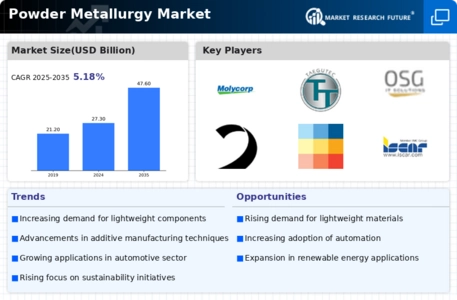
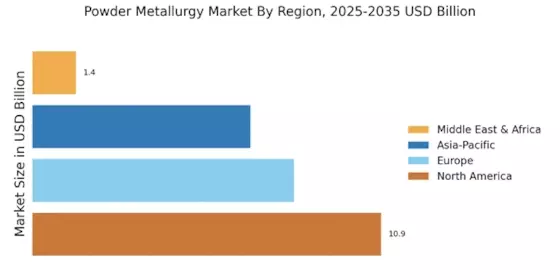
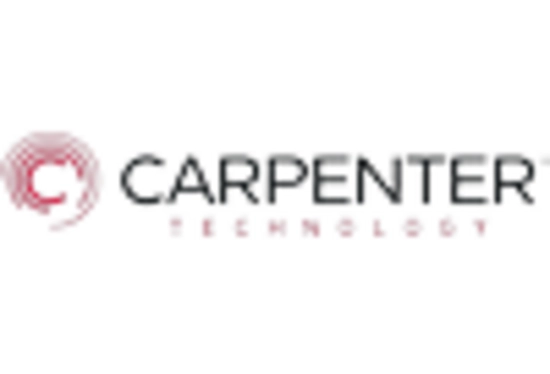
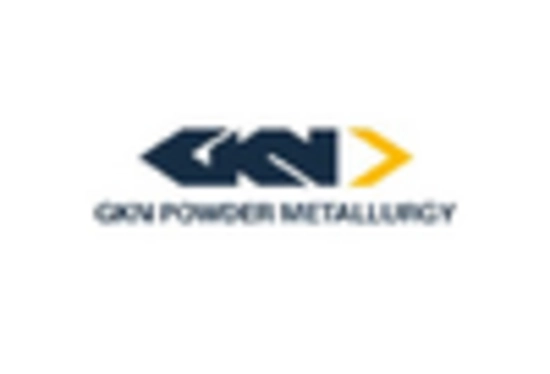
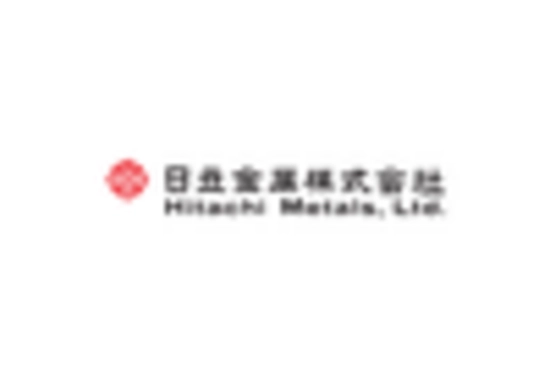
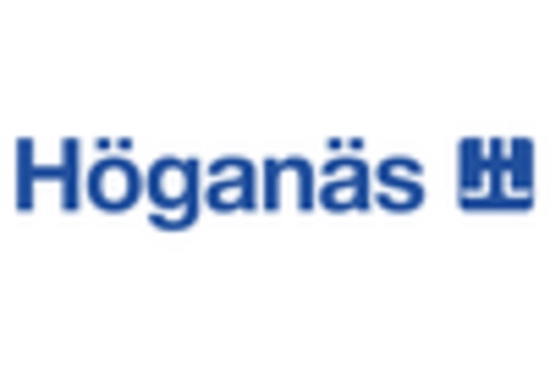
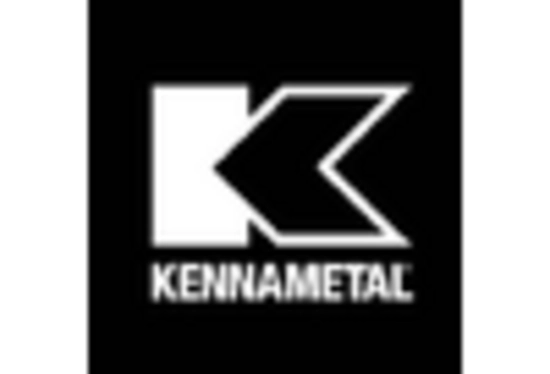
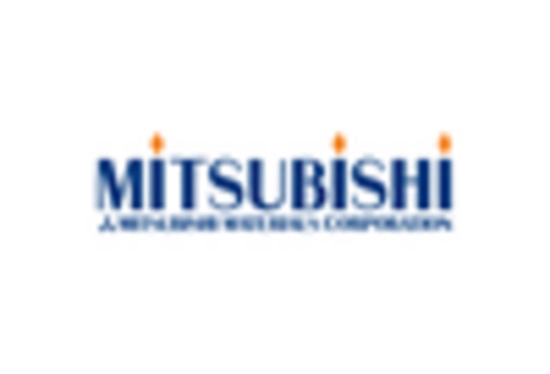








Leave a Comment